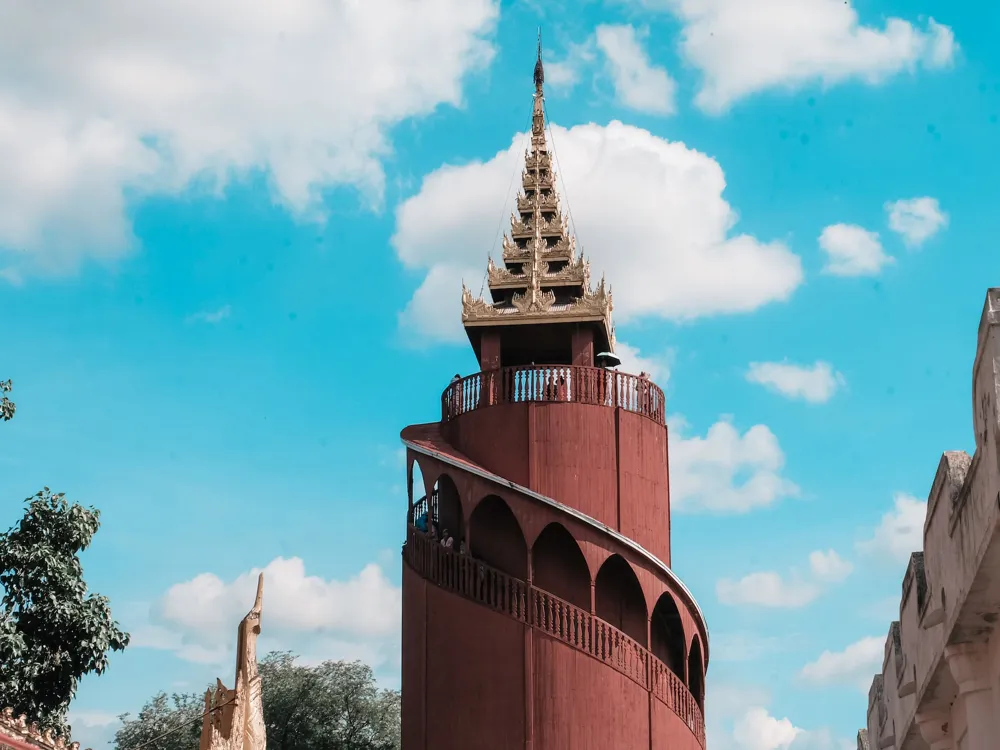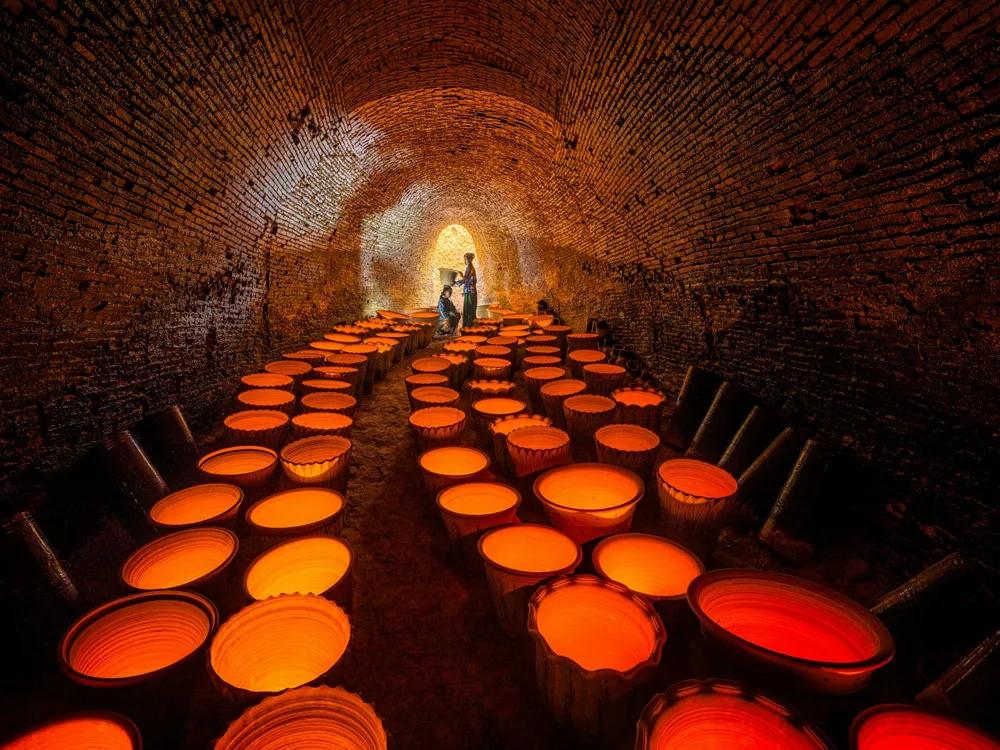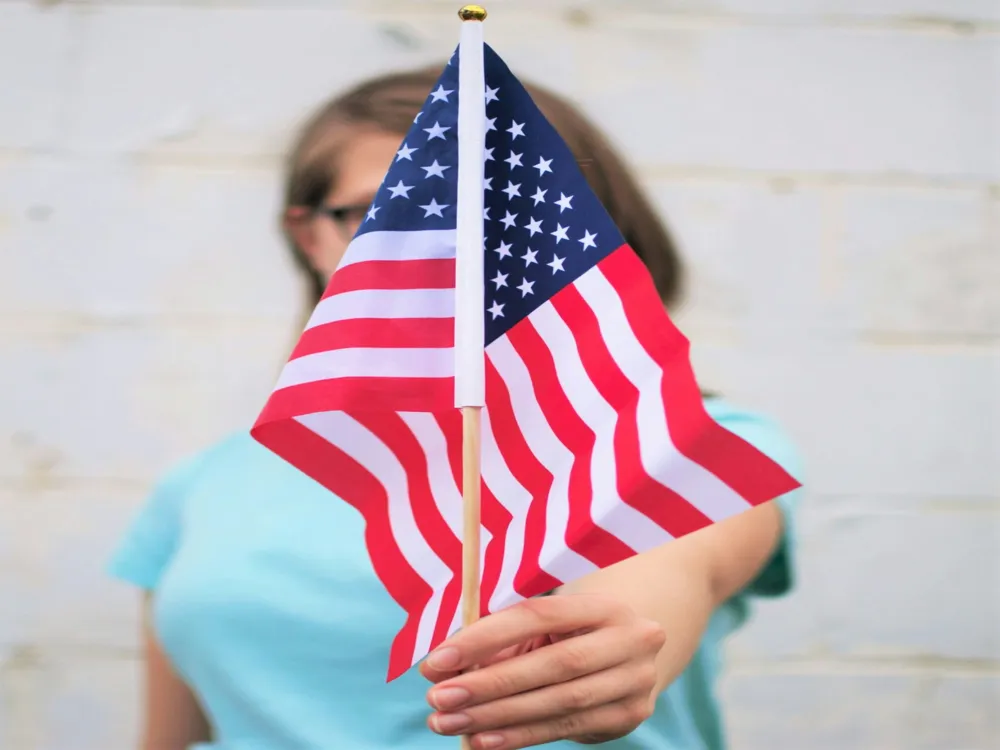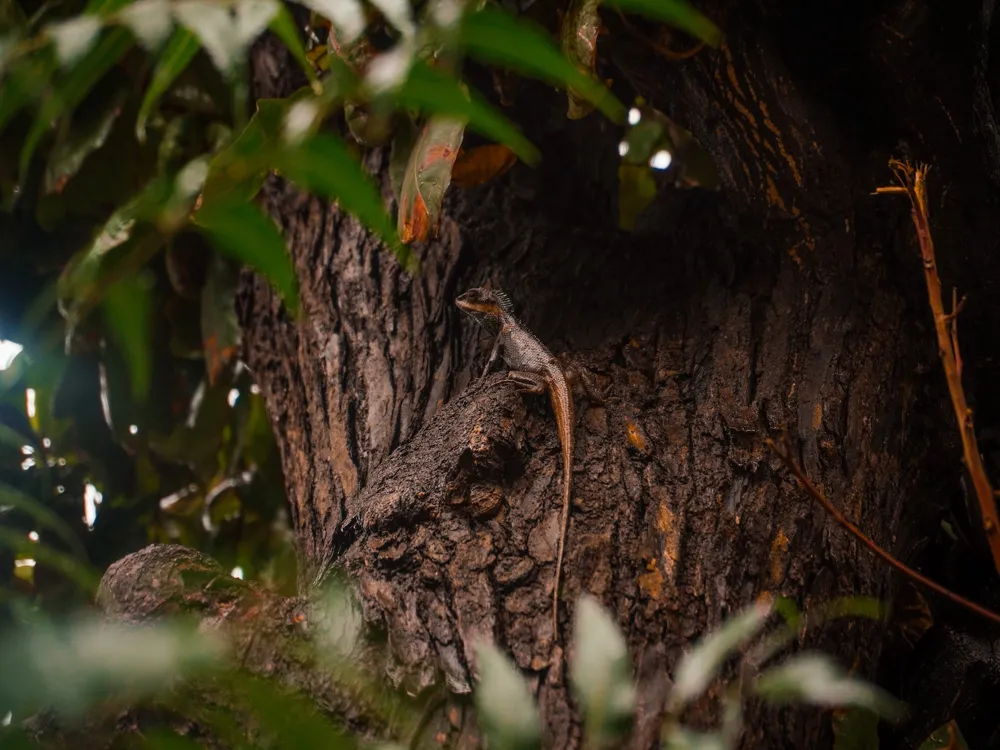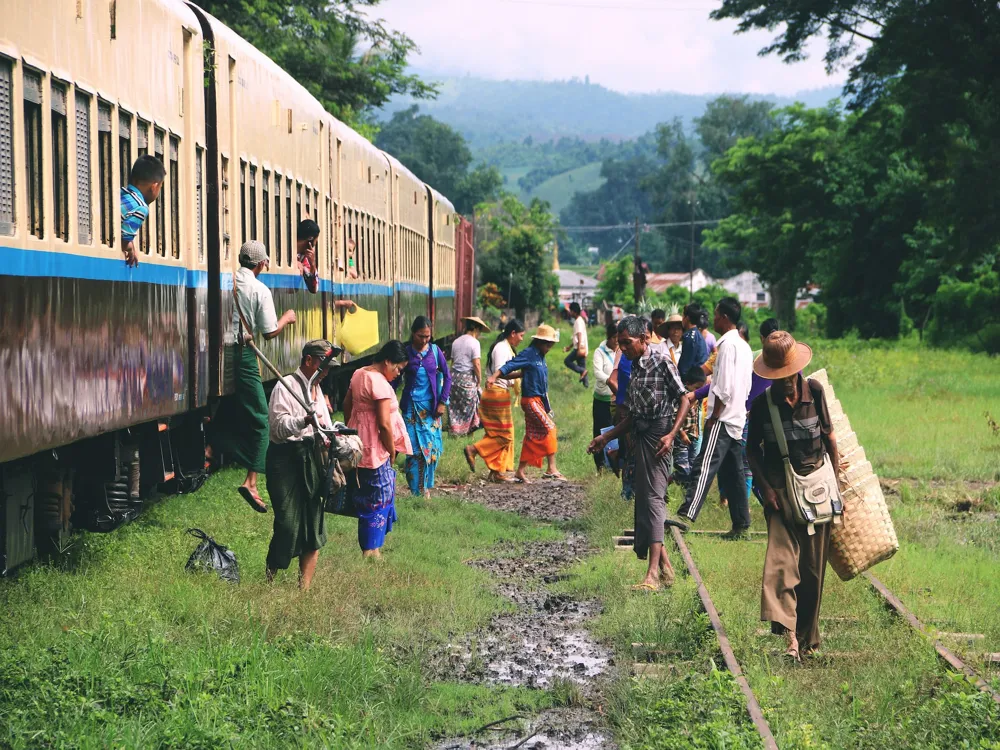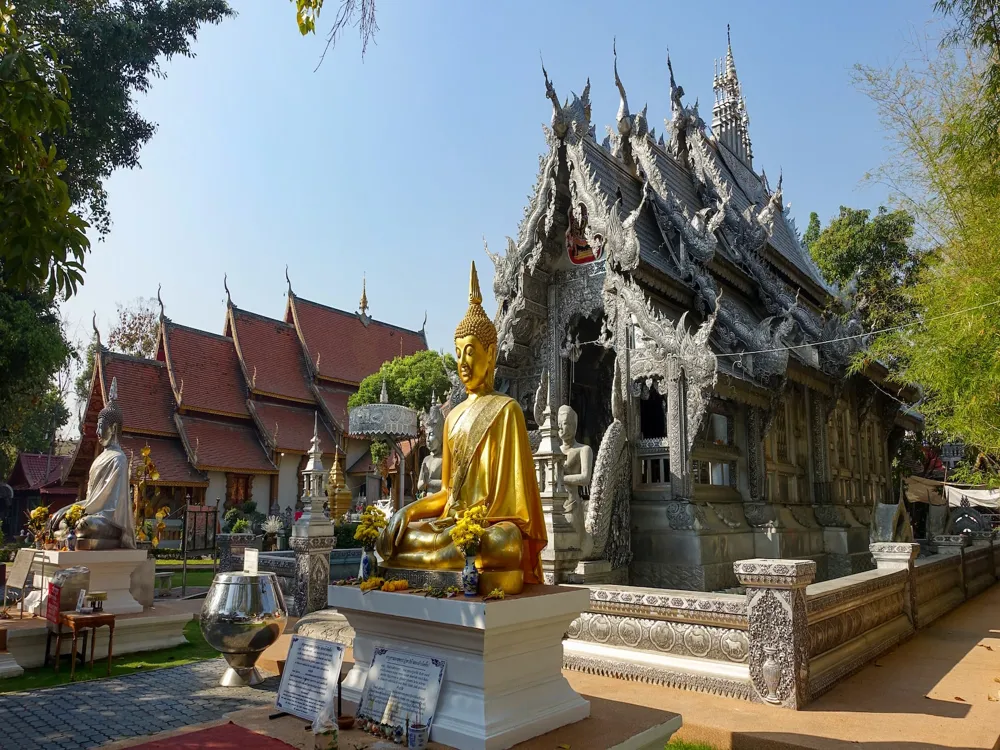Shwesandaw Paya, a breathtaking example of Burmese temple architecture, stands majestically in the ancient city of Bagan. Known for its historical significance and architectural grandeur, this temple is a testament to the ingenuity of the Bagan Empire. Built-in the 11th century by King Anawrahta, it marks a pivotal moment in the architectural evolution of the region. The temple's primary purpose was to house sacred relics of the Buddha, and over the centuries, it has become a revered site for both pilgrimage and tourism. Shwesandaw Paya's unique design features five terraces, leading to a cylindrical stupa at the top. This structure is particularly famous for its panoramic views of the Bagan plains, offering a breathtaking spectacle of the surrounding temples and landscape, especially during sunrise and sunset. The temple's architectural style is a blend of Mon and Indian influences, reflecting the cultural exchanges of the time. The use of brick and stucco in its construction showcases the advanced techniques of Bagan craftsmen, who were pioneers in large-scale temple construction. The Paya's terraces are adorned with intricate carvings and statues, each telling a story from Buddhist lore. The presence of naga balustrades, Jataka tales in the form of carvings, and devotional statues add to the temple's spiritual ambiance. The stupa at the top, encircled by smaller stupas at the corners, symbolizes Buddhist cosmology and the path to enlightenment. Over the years, Shwesandaw has undergone various restoration efforts to preserve its original charm and significance. Exploring Shwesandaw Paya is not just a journey through a physical space, but a voyage into the spiritual and cultural heart of Myanmar. Its role in the religious and cultural landscape of Bagan has been immense, attracting scholars, historians, and spiritual seekers from around the world. This temple is not just a monument of the past but a living symbol of the enduring legacy of Bagan's architectural and spiritual heritage. The architectural marvel of Shwesandaw Paya lies in its harmonious blend of religious symbolism and functional design. The structure, primarily built of brick, is a fine example of the architectural prowess of the Bagan era. Its design is a testament to the religious and cultural influences that shaped the region during the 11th century. The temple's layout is based on traditional Buddhist mandala designs, symbolizing the universe and the path to enlightenment. Each of the five terraces of Shwesandaw represents a different level of spiritual attainment, leading up to the cylindrical stupa at the top, which symbolizes the realm of the Buddha. The terraces are accessible through stairways on each side, reflecting the concept of accessibility to enlightenment from all directions. The stupa, with its bell-shaped dome, is adorned with a finial, representing the spiritual pinnacle. The use of terracotta plaques and intricate stucco carvings on the temple walls depicts scenes from the Jataka tales and the life of Buddha, serving as both a religious narrative and an artistic expression. The temple's architectural elements, such as the pointed arches, vaulted halls, and corbelled roofing, showcase the influence of Indian architecture, blended seamlessly with traditional Burmese design elements. Shwesandaw Paya's design also reflects an advanced understanding of engineering and construction techniques. The temple has withstood numerous earthquakes and natural calamities, a testament to the skill of its builders. The temple's orientation and design also take into account the natural elements, allowing for ventilation and light, creating a serene and contemplative environment within. Early mornings or late afternoons are ideal for visiting Shwesandaw Paya, especially for those looking to capture its beauty during sunrise or sunset. The cooler temperatures during these times provide a more comfortable exploring experience. Visitors should dress modestly, covering shoulders and knees, as a sign of respect. It's also customary to remove shoes and socks before entering the temple premises. For photography enthusiasts, using a wide-angle lens can capture the grandeur of the Paya. Be mindful of the lighting, especially during sunrise and sunset, for the best shots. While climbing the terraces, be cautious as the steps can be steep and uneven. It's advisable to carry water and wear comfortable footwear. As a sacred site, visitors are encouraged to maintain a quiet and respectful demeanor, avoiding loud noises or disruptive behavior. Shwesandaw Paya is easily accessible from the town of Bagan. Visitors can opt for various modes of transportation, such as taxis, e-bikes, or bicycles, all of which offer a unique way to explore the Bagan region. For those staying in Old Bagan or Nyaung-U, the temple is just a short ride away, making it an easily integral part of any travel itinerary in the area. For international visitors, the nearest airport is Nyaung-U Airport, which is well-connected to major cities in Myanmar. From the airport, one can hire a taxi or arrange a pick-up service through their accommodation. Traveling by road or river to Bagan offers an alternative and scenic route, providing a glimpse into the rural and natural beauty of Myanmar. Read More:Overview of Shwesandaw Paya of Bagan
The architecture of Shwesandaw Paya
Tips When Visiting Shwesandaw Paya
Best Time to Visit
Dress Code and Etiquette
Photography Tips
Safety Precautions
Respecting the Site
How to Reach Shwesandaw Paya
Shwesandaw Paya
Bagan
NaN onwards
View bagan Packages
Weather :
Tags : Buddhist Temple
Opening hours : 8:00 AM - 5:00 PM
Ticket details : MMK 3000. An additional MMK 5000 for a guide.
Planning a Trip? Ask Your Question
Bagan Travel Packages
View All Packages For Bagan
Top Hotel Collections for Bagan

Private Pool

Luxury Hotels

5-Star Hotels

Pet Friendly
Top Hotels Near Bagan
Other Top Ranking Places In Bagan
View All Places To Visit In bagan
View bagan Packages
Weather :
Tags : Buddhist Temple
Opening hours : 8:00 AM - 5:00 PM
Ticket details : MMK 3000. An additional MMK 5000 for a guide.
Planning a Trip? Ask Your Question
Bagan Travel Packages
View All Packages For Bagan
Top Hotel Collections for Bagan

Private Pool

Luxury Hotels

5-Star Hotels

Pet Friendly













